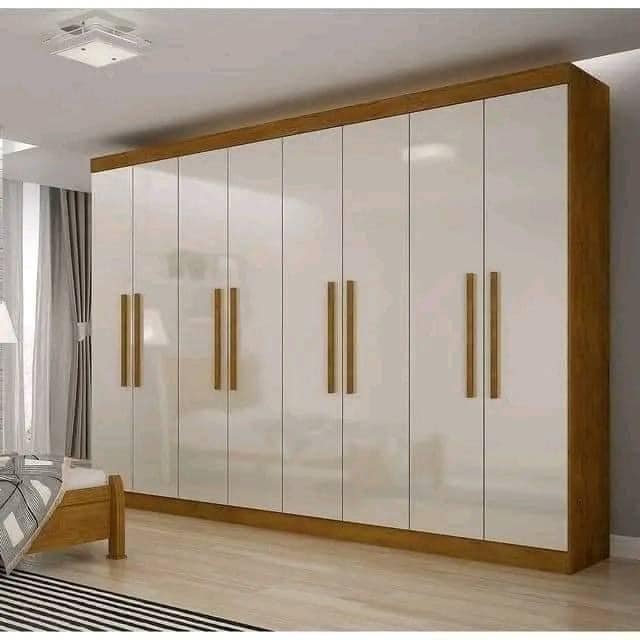Introduction:
Wardrobe design plays an important role in enhancing the visual appeal and functionality of a living space. In an ever-evolving world, both homeowners and designers are looking for new and innovative solutions that not only improve storage but also add a sense of style to interiors. This article covers a diverse range of wardrobe design concepts developed to meet the contemporary needs of individuals, striking a delicate balance between functionality and aesthetics.
What are closet design ideas?
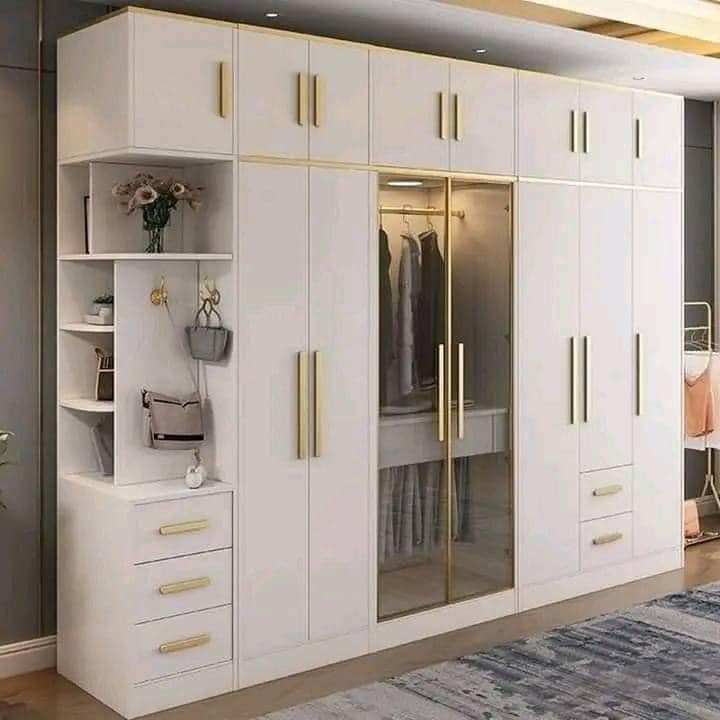
The world of wardrobe design is vast and varied, offering plenty of ideas to enhance both the functionality and aesthetics of living spaces. From modular wardrobe systems to open concepts and smart solutions, the design spectrum meets the evolving needs and preferences of modern homeowners.
How to design a wardrobe layout?
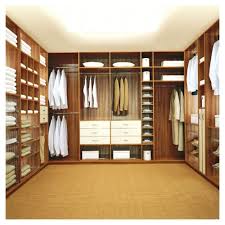
Designing a closet layout involves careful consideration of available space and individual storage needs. Start by estimating the dimensions of the room and determining the types of clothing and accessories that require storage. Modular systems allow for custom layouts, while built-in wardrobes can be tailored to specific local needs.
Table of Contents
What type of wardrobe is best?
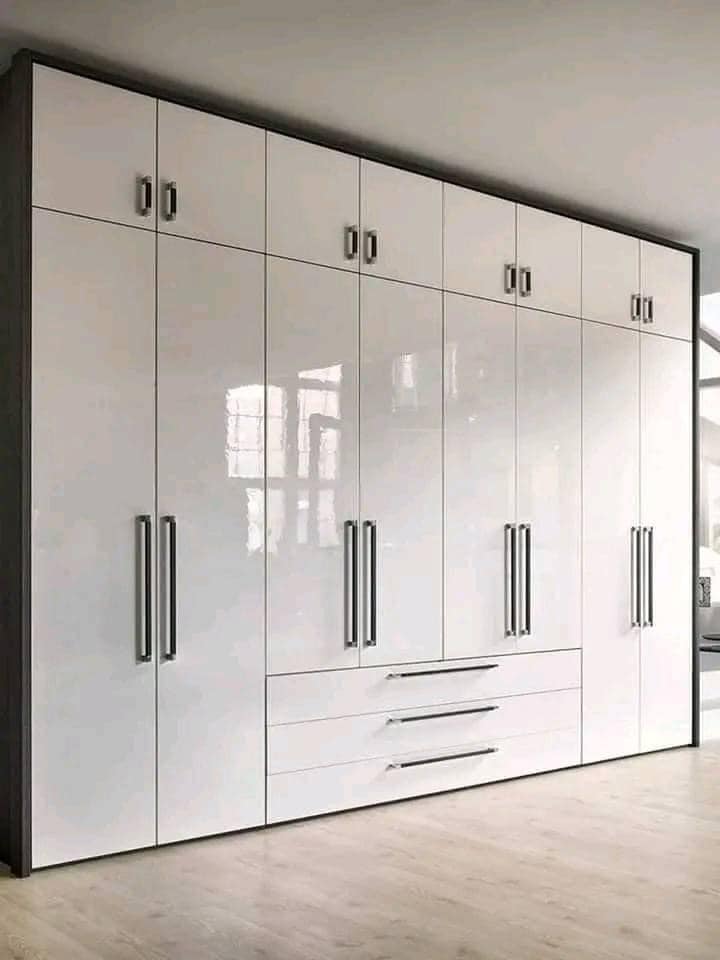
Choosing the best type of wardrobe depends on factors such as available space, personal preferences and storage needs. Modular wardrobes offer flexibility, open concepts provide accessibility, sliding door wardrobes save space, and walk-in wardrobes offer luxury. The ideal type of wardrobe is one that blends seamlessly with the user’s lifestyle and complements the overall design of the space.
How to style a bedroom wardrobe?
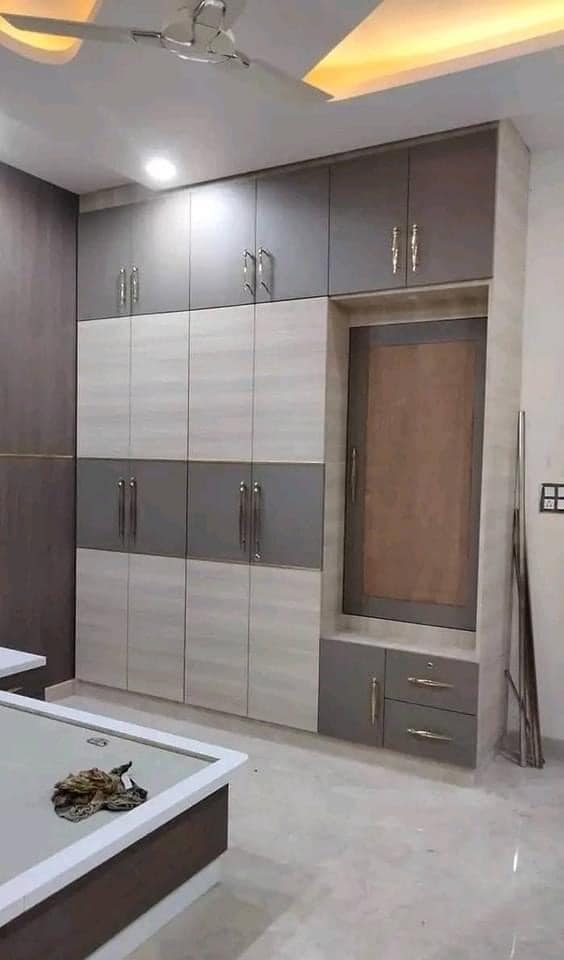
Styling a bedroom closet involves a combination of organizational and aesthetic considerations. Use a combination of storage solutions such as shelves, drawers, and hanging rods. Consider adding personal lighting inside the closet for a visually appealing display. Additionally, choose wardrobe finishes and materials that complement the overall design theme of the bedroom.
How to design a built-in wardrobe?
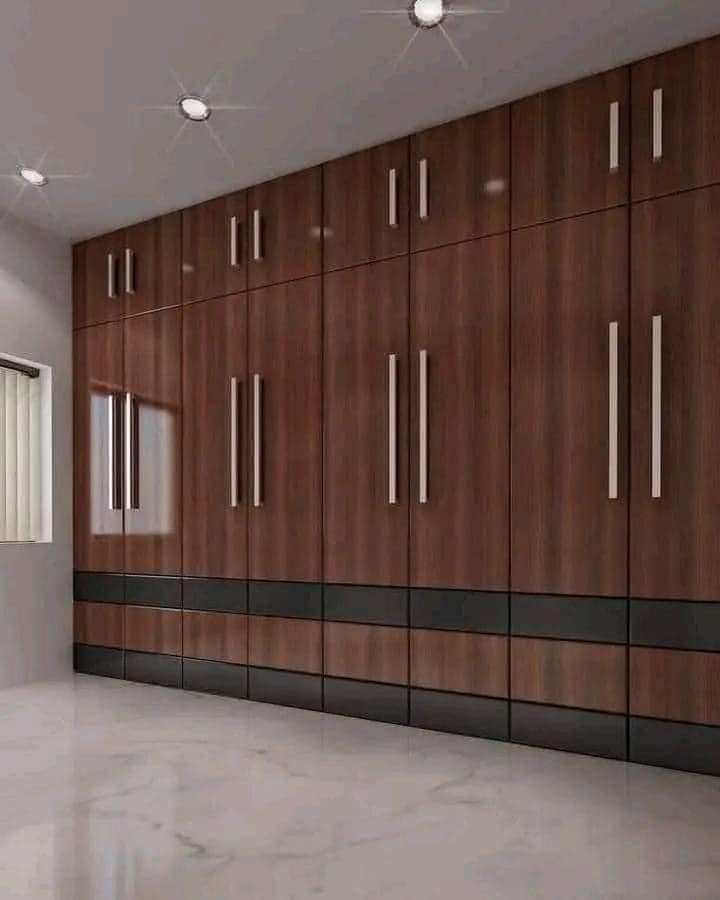
Designing a built-in wardrobe requires meticulous planning. Measure available space and determine interior layout based on storage needs. Customize the interior with shelves, drawers, and hanging rods to improve functionality. Consider integrating built-in lighting for better visibility. The exterior can be designed according to the design aesthetic of the room.
Wardrobe design ideas for bedroom?
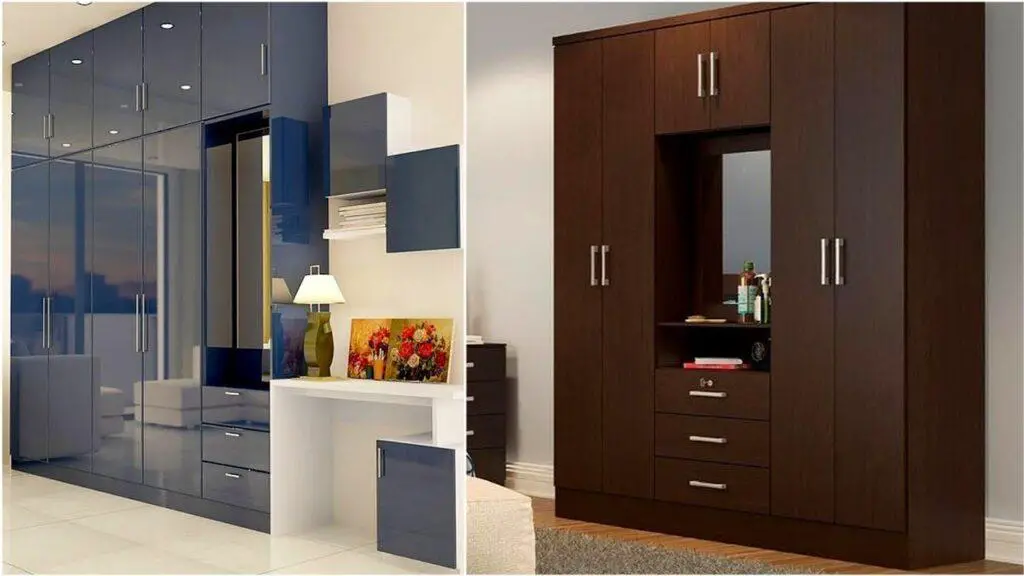
For bedrooms, consider a range of design ideas such as open wardrobe concepts for visually appealing displays, smart wardrobes with integrated technology, and minimalist wardrobes for a clean and uncluttered look. Walk-in wardrobes offer a luxurious solution for those with a lot of space, while sliding-door wardrobes are ideal for rooms with limited space.
Wardrobe designs for small bedrooms?
In small bedrooms, space-saving solutions are key. Choose sliding door wardrobes to minimize footprint. Use modular systems to customize storage to specific needs. Consider multifunctional wardrobes that combine with other furniture, such as built-in desks or dressing tables, to maximize utility without overusing space.
Interior closet design ideas?
Interior wardrobe design ideas encompass a variety of styles and materials. Experiment with eclectic materials and finishes, incorporating elements of nature through biophilic design. Discover the minimalist design with clean lines and hidden handles. Customize interior layouts with modular systems to create a personalized and organized space.
Modern wardrobe design for bedroom?
Modern wardrobe designs for bedrooms often incorporate sleek lines, a mix of materials, and the integration of smart technology. Open closet concepts with exposed elements can add a contemporary touch. Consider adding lighting solutions and minimalist finishes to achieve a modern aesthetic that complements the overall design of the bedroom.
Modern wardrobe design ideas?
Modern wardrobe design ideas focus on combining functionality with modern aesthetics. Discover the use of smart technology, sleek modular systems and minimal finishes. Consider open concepts for a modern look or experiment with biophilic elements to bring nature indoors. The key is to tailor the design to the homeowner’s preferences and the overall style of the living space.
Design inside the wardrobe for women?
Designing a closet interior for women involves understanding their specific storage needs and aesthetic preferences. Consider adding sections dedicated to a variety of clothing, accessories and footwear. Use beautiful finishes, such as mirrored surfaces or textured materials, to add a touch of sophistication. Lighting solutions can enhance visibility and create a luxurious feel within a closet.
Modular wardrobe system:
The concept of modularity is at the forefront of modern wardrobe design. Modular wardrobe systems offer customers the flexibility to customize and adapt their storage solutions to specific local needs. By adding interchangeable components such as shelves, drawers, and hanging rods, individuals can create a personalized storage arrangement that fits their unique needs. The adaptability of modular wardrobes allows for easy reconfiguration to accommodate changing storage demands.
Open Closet Concepts:
A departure from traditional closed-door wardrobes, open wardrobe concepts are gaining popularity in contemporary interior design. Featuring exposed hanging rods, shelves, and the occasional drawer, open closets provide a visually appealing and easily accessible storage solution. Beyond their aesthetic contribution, these designs encourage a deliberate and deliberate approach to arranging clothing and accessories.
Smart Wardrobes:
The integration of smart technology into wardrobe design represents a growing trend. Smart wardrobes include built-in LED lighting, automated drawers, and electronic garment management systems. Some modern wardrobes also incorporate sensors to detect door openings, which activate interior lighting for better visibility. These technological advances not only enhance the user experience but also contribute to energy efficiency and convenience.
Multi-functional wardrobe:
Given the constraints of modern living spaces, furniture with multiple functions is highly sought after. Multifunctional wardrobes go beyond mere storage. These can include built-in dressing tables or pull-out desks, turning bedrooms into versatile spaces for storage and work. This integration of functions improves the utility of the furniture, making it an essential component of contemporary interior design.
Sliding door wardrobe:
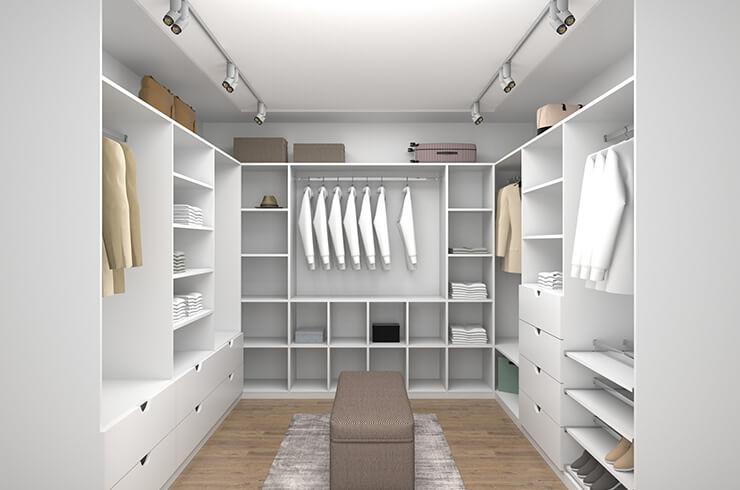
To address the spatial concerns associated with traditional hinged doors, sliding door wardrobes offer a sleek and space-saving alternative. These cabinets have doors that open horizontally, minimizing the impact on the surrounding space. Additionally, sliding doors can be customized with materials such as mirrored surfaces or frosted glass, adding sophistication to the overall design.
Custom lighting solutions:
Adequate lighting is essential for displaying wardrobe contents and creating a visually appealing environment. Adding custom lighting solutions within the closet, such as LED strips, recessed lighting, or pendant lights, can significantly enhance the aesthetic. Strategically placed lighting makes it easy for customers to find and organize their belongings.
Elective Materials and Completion:
Wardrobe design goes beyond functionality to encompass choice of materials and finishes. Contemporary wardrobes often have a mix of materials, including wood, metal, glass and fabric. High-gloss finishes, textured surfaces, and contrasting color schemes contribute to dynamic and visually stimulating wardrobe designs.
Minimalist wardrobe:
The minimalist design philosophy, characterized by simplicity and functionality, has found its way into wardrobe design. Minimalist wardrobes focus on clean lines, uncluttered spaces and a limited color palette. These designs emphasize the essentials, promoting a sense of calm and order within the living space. Slim profiles, hidden handles, and fewer visible elements contribute to an overall minimalist aesthetic.
Walk-in wardrobes:
For those with plenty of space, walk-in wardrobes offer a luxurious and organized solution. Designed as dedicated dressing areas with ample storage, walk-in wardrobes often include islands, seating and full-length mirrors. These wardrobes provide a dedicated space for clothing and accessories, adding opulence to modern homes.
Biophilic Design Elements:
Incorporating elements of nature into wardrobe design is in line with the principles of biophilic design, promoting the relationship between humans and the natural environment. Wardrobes with integrated planters, wood accents, or nature-inspired patterns bring a sense of calm and balance to the space, creating a harmonious relationship between the built environment and the natural world.

